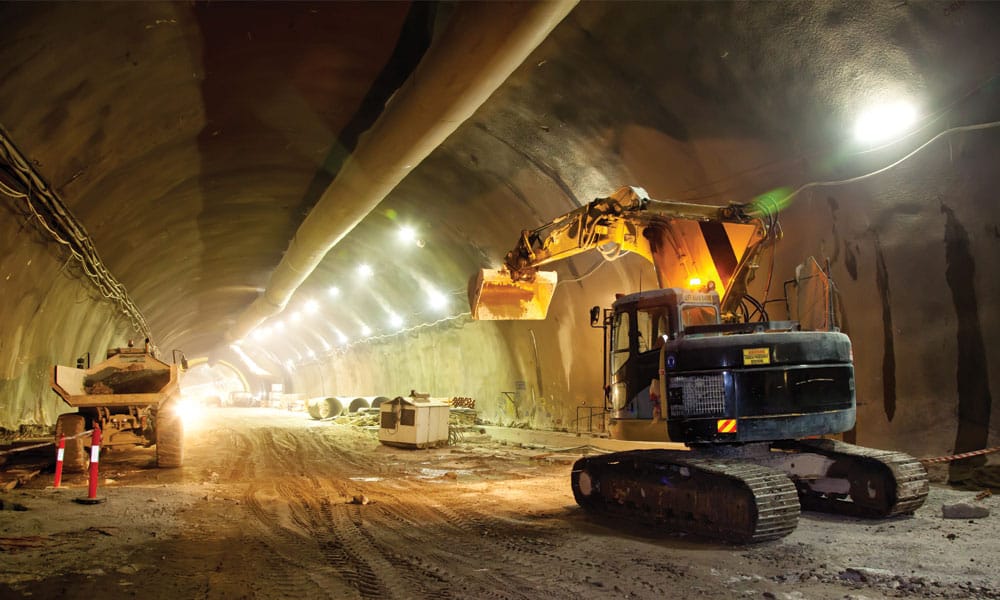How to Incorporate Geotheta into Your Geotechnical Engineering Projects
How to Incorporate Geotheta into Your Geotechnical Engineering Projects
Blog Article
Navigating Geotechnical Services: The Value of Geotechnical Reports, Soil Compaction Testing, and Pavement Style in Ensuring Structural Integrity
Geotechnical services, including the manufacturing of geotechnical records, conducting dirt compaction testing, and precise sidewalk design, serve as the keystone of guaranteeing architectural integrity. geotheta. These necessary parts not only lay the groundwork for effective project implementation but likewise minimize potential threats that could endanger the security and toughness of a construction task.
Importance of Geotechnical Records
Geotechnical records play a critical role in supplying comprehensive understandings right into the soil and rock problems of a website, important for making certain the structural honesty of building and construction tasks. These reports are a basic element of the preliminary website examination process, supplying beneficial information that influences the design, construction methods, and overall feasibility of a task. By assessing dirt structure, stability, and potential hazards such as sinkholes or landslides, geotechnical records allow engineers to make informed choices pertaining to structure design and construction strategies.
In addition, geotechnical records aid in risk analysis and reduction methods, assisting project stakeholders recognize the possible difficulties that may arise throughout building. Through comprehensive exam and analysis of geotechnical data, engineers can create options to deal with site-specific issues, ensuring the lasting stability and safety of the framework. Eventually, the extensive nature of geotechnical records works as an important foundation for successful task planning and implementation, reducing threats and improving overall task results.

Duty of Dirt Compaction Testing
Just how crucial is the analysis of dirt compaction through screening for guaranteeing the security and long life of construction jobs? Soil compaction screening plays an important function in the building and construction industry by guaranteeing that the soil underneath a structure is appropriately compressed to avoid and support the designated tons negotiation (geotheta). Effectively compressed dirt gives a secure structure for buildings, roadways, and other frameworks, minimizing the danger of structural failure and costly repairs in the future
Soil compaction testing entails gauging the thickness of the dirt and contrasting it to the maximum density achievable for that certain dirt type. This helps engineers establish if the dirt has actually been compressed adequately to support the planned framework. By conducting dirt compaction examinations throughout building, engineers can determine any kind of areas that call for extra compaction and take restorative steps before waging further building.
Importance of Sidewalk Style
Assessing dirt compaction through screening not only makes certain the stability and long life of building tasks however additionally lays an essential foundation for reliable pavement layout. Pavement style is an essential facet of building tasks as it directly influences the sturdiness and efficiency of roads, parking area, and various other frameworks subjected to automobile or foot web traffic. Appropriate sidewalk style considers variables such as website traffic lots, environmental problems, soil qualities, and material residential or commercial properties to develop a lasting and durable surface. By including information from dirt compaction examinations, engineers can establish the suitable thickness, products, and layering for the pavement to withstand expected anxieties and maintain architectural honesty with time. In addition, pavement design affects drain patterns, surface area friction, and total security for customers. Through precise preparation and analysis, geotechnical engineers can enhance sidewalk layouts to meet particular task needs, ensuring smooth transportation routes and lessening upkeep costs over time.
Guaranteeing Architectural Honesty
These reports offer necessary details on dirt composition, stability, and potential risks, aiding in notified decision-making during the style and building and construction stages. In addition, performing comprehensive soil compaction testing is essential to make sure that the dirt under pavements or foundations is properly compacted to support the intended loads and avoid settlement issues.
Additionally, executing robust pavement design practices is important for making sure the structural integrity of roads, car park, and other paved surfaces. Correct sidewalk style thinks about elements such as web traffic volume, ecological problems, and soil qualities to produce long lasting and safe transport facilities. By adhering to these practices and making use of geotechnical solutions successfully, building projects can boost their architectural integrity, minimize threats of failure, and guarantee the long-term efficiency of the developed environment.
Guarding Versus Dangers
In light of the essential importance put on making sure architectural honesty through precise interest to material choice and dirt screening, guarding versus threats comes to be paramount in maintaining the stability and longevity of building jobs. Dangers in building jobs can stem from different sources, including all-natural calamities, dirt instability, or style problems.
In addition, creating backup strategies and implementing robust tracking systems can aid minimize unpredicted threats that might develop during construction. Regular inspections and quality assurance actions must be accomplished to make sure that materials are used in conformity with requirements and that construction practices stick to market requirements. By proactively identifying and resolving prospective dangers, construction tasks can improve their resilience and decrease the chance of structural failures, inevitably guaranteeing the safety and long life of the developed environment.
Verdict

Dirt compaction screening plays a vital role in the construction industry by guaranteeing that the soil beneath a structure is correctly compacted to avoid and support the designated tons negotiation.Soil compaction testing includes measuring the density of the soil and comparing it to the maximum thickness achievable for that particular soil kind (geotheta). By performing dirt compaction examinations throughout construction, designers can recognize any type of locations that need additional compaction and take corrective actions prior to proceeding with further building and construction
Furthermore, carrying out comprehensive dirt compaction screening is important to guarantee that the geotheta dirt below pavements or structures is properly compressed to support the intended tons and avoid negotiation problems.
In conclusion, geotechnical records, soil compaction screening, and pavement layout play important roles in making certain the structural integrity of building and construction jobs.
Report this page